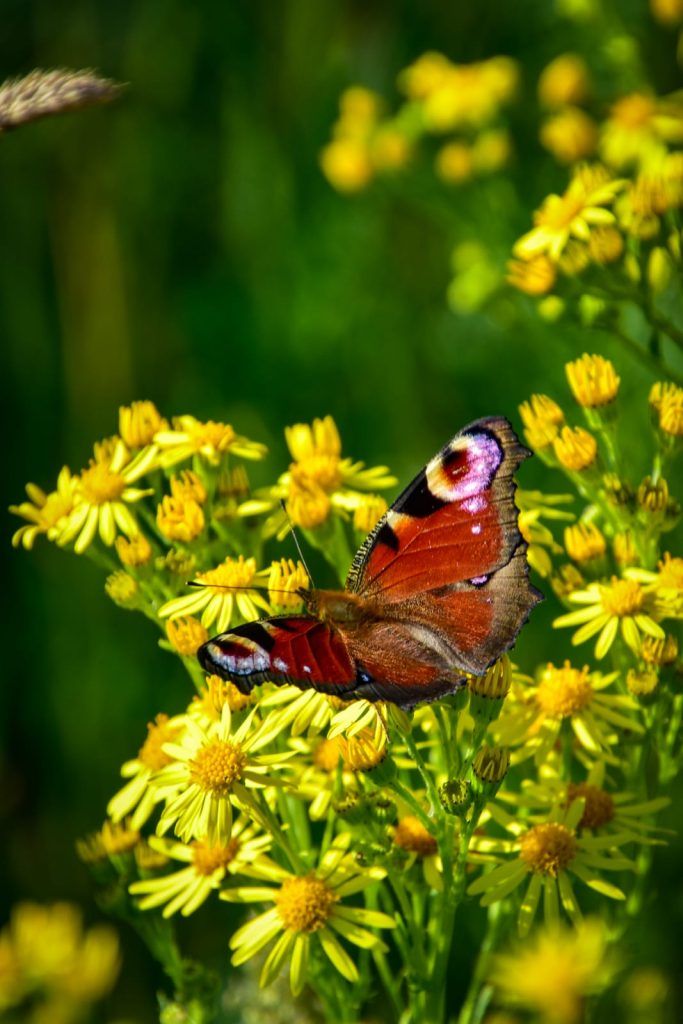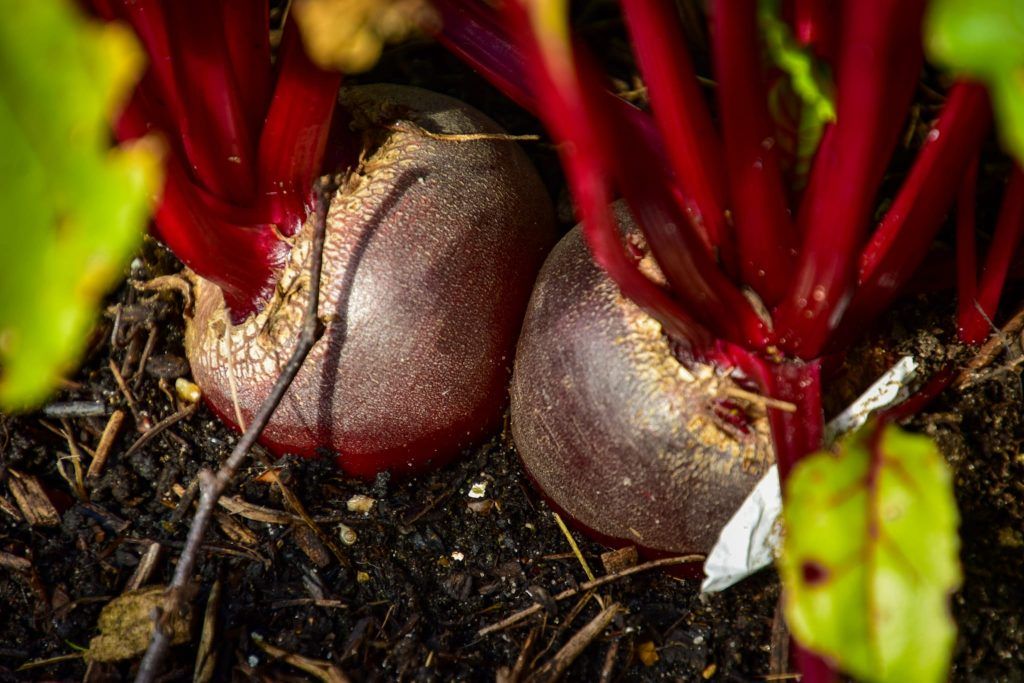Crowdfunding
March 2023, we launched a crowdfunding campaign for the start-up of this regenerative horticulture. This market garden will enrich nature by combining climate-positive vegetable and fruit growing with principles from agroecology, permaculture and food forestry. With the premise of facilitating more fertility, more biodiversity and more interrelationships every year. And most importantly, giving people a key role in supporting the ecosystem. Read on below for more details and join the project with a donation, because with your help we can make this oasis of life and fertility a reality!
Join us!
*For donations over 750 euros, we have the following fun give-backs:
- Donation of €750: a regenerative gardening workshop, tour incl. lunch & closing dinner!
- Donation of €1500: a ticket to the Campfire Stories retreat worth €550!(https://www.campfirestories.nl/)
- Donation of €5000: a dinner with private chef for 10 at a long table in the heart of the garden!
- Donation of €15,000: come up with the name for the chicken compost garden (and immediately fund the entire construction)!
- Adopt a farmer: with a donation of €35,000, you sponsor the salary of regenerative farmer Rick for an entire year. This will allow him to do everything he can to make the garden farm self-sufficient as soon as possible! In return, you get to pick up a serving of fresh harvest every month, and you get a free subscription for the entire first season that the vegetable packets start!
What are we going to invest the money in?


Regenerative Horticulture
In 2023, Yūgen Forest will facilitate and co-fund regenerative horticulture – a project of future farmer Rick van der Haar. This project grew out of the vegetable garden that for years brought a large group of volunteers to the estate twice a week. One of Rick’s tasks is to re-establish social cohesion so that more people can eat, learn and enjoy the (vegetable) gardens and these can be meeting places and educational experience spots.



What is regenerative agriculture?
Regenerative agriculture goes one step further than sustainable agriculture. Whereas sustainable (e.g., organic) agriculture focuses primarily on reducing negative impacts, regenerative agriculture focuses on positive impacts. Facilitate more fertility, more biodiversity and more interrelationships every season. This method of landscape management is contrary to conventional agriculture, which is based on soil depletion, monocultures and requires high chemical inputs. Regenerative agriculture enriches the soil, enjoys a gigantic diversity of vegetables, flowers, herbs, shrubs, trees and creatures that live with it. In addition, there is no reliance on fossil fuels, agricultural poisons and synthetic fertilizers.



Mission & vision
Our mission is to flourish together, with humans as the key species. Flourishing together is done by strengthening the relationship between people and their environment. We care for the landscape and all its inhabitants. We want to show that the presence of people in a landscape can ravish healthy, fertile soil and a strong and diverse food web within the ecosystem. We also want to grow top quality food for our guests, volunteers, staff and other residents of the ecosystem to enjoy!
The intention, once the garden can bear it, is to market harvest to local restaurants and also provide vegetable packages to local residents.
Below you can see the design we created together with Weruschca Kirkegaard of United Designers (regenerative designers). In it you can see what components make up the garden. Vegetable beds, enriched with a variety of flowers and herbs, are interspersed with key beds. This will feature mainly perennial plants and certain structures that enhance the ecosystem within the garden. The nutrient cycle is circular thanks to the chicken compost garden. There is also a food forest nursery, an insect and bird patio, a plaza and much more.
